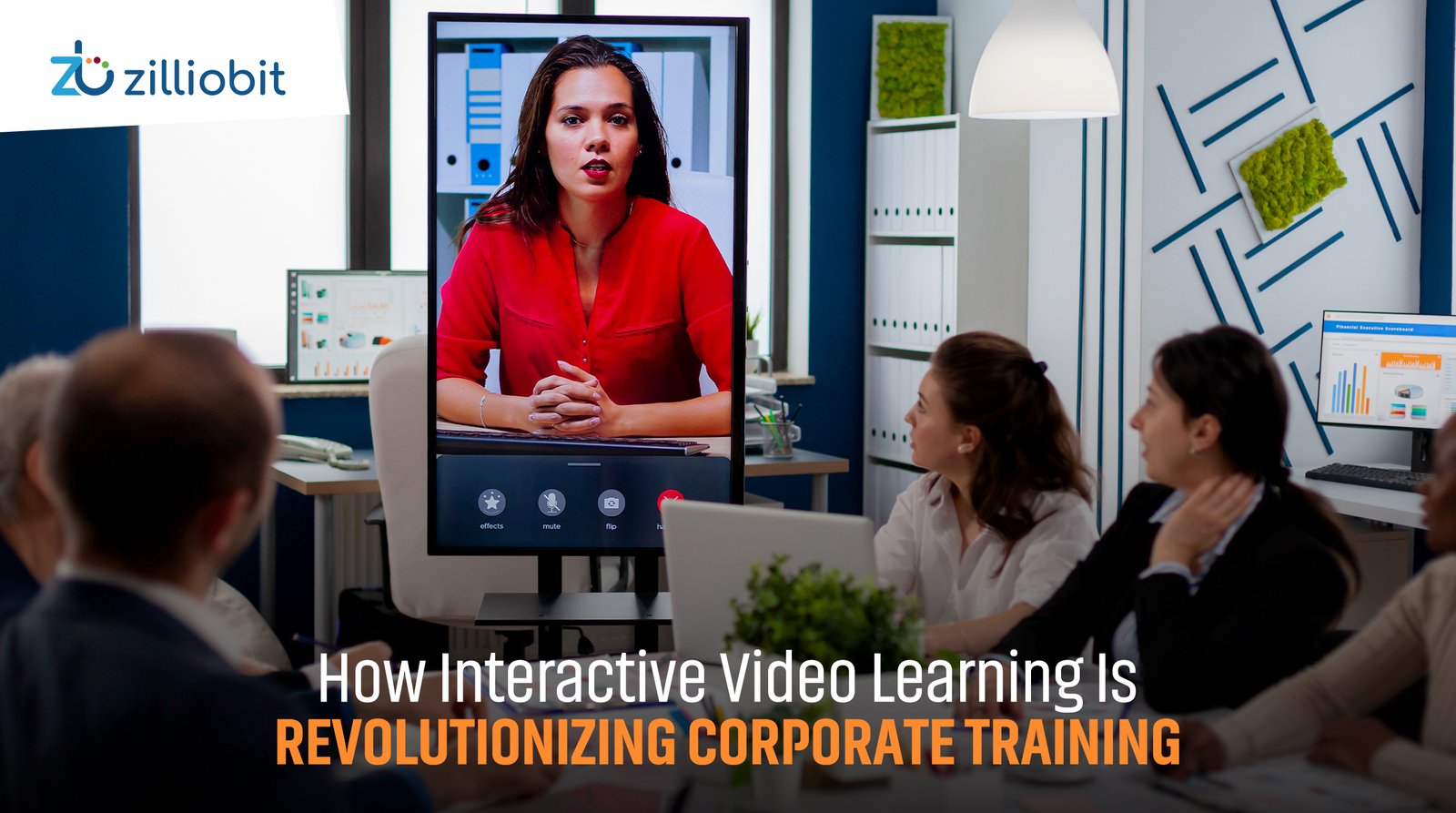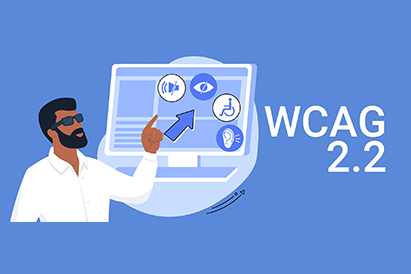Augmented Reality

Overview
Augmented Reality (AR) has emerged as a powerful tool in the realm of learning and development. By blending virtual elements with real-world environments, AR provides an immersive and interactive learning experience that goes beyond traditional methods. In this blog, we will explore the value of AR in corporate training and discuss various applications and benefits of incorporating AR into learning strategies.The Value of AR in Corporate Training
AR brings a multitude of benefits to corporate training programs. By generating a composite view that combines real-world scenes with computer-generated virtual scenes, AR creates a rich learning environment. It promotes “learn by doing” and challenges learners to explore new perspectives, driving intrinsic motivation and influencing behavior. AR also facilitates safe training environments, allowing learners to practice critical activities without any negative impact. Let’s now explore how AR can be leveraged in training strategies.-
AR for Performance Support
AR can replace traditional job aids by providing immediate guidance when required. By placing AR aids on equipment, employees can receive on-the-spot support for tasks and functions that are seldom performed, enhancing their performance and efficiency. -
AR to Enhance Blended Classroom Training
In classroom settings, learners can use AR mobile apps to access job aids, worksheets, examples, and assignments. AR content displayed through mobile devices creates an augmented classroom environment, making learning more engaging and interactive. -
Gamified AR
AR and gamification are a perfect match. By creating immersive and engaging learning games, AR can transform training into an enjoyable experience. Employees can interact with customers and objects typically found in the workplace, enhancing their skills in a simulated yet realistic environment. -
Real-World Simulations with Interactive Objects
Real-world simulations become even more engaging with AR. By adding clickable objects and hotspots, learners can interact with virtual elements in realistic environments. This integration of images, sounds, and processes familiar to learners enhances their understanding and retention of the training material.
Applications of AR in Learning and Development
AR finds applications in various industries and training contexts. Let’s explore some examples:-
Safety Training
AR can enhance safety training programs by providing real-time guidance in emergency situations. Employees can use AR-enabled mobile apps to visualize evacuation paths, helping them navigate through hazardous scenarios effectively. -
Employee Onboarding
AR can streamline the onboarding process by providing visual cues and directions to new employees. By using smart glasses or AR apps, new hires can easily locate colleagues, offices, and other resources within the organization. -
Medical Training
AR is revolutionizing medical training by enabling complex procedures to be practiced in a risk-free virtual environment. Medical practitioners can simulate surgeries and other critical activities, honing their skills without endangering patients. AR also helps in diagnosing and determining treatment plans by overlaying virtual information on real-world settings. -
Engineering Training
AR is valuable in engineering training, particularly for understanding complex systems and structures. By overlaying virtual information on real-world objects, learners can identify and comprehend intricate components. This applies to various industries, such as mechanics and construction, where AR simulations enhance knowledge and safety. -
Sales Training
AR can be used in sales training to simulate real-world scenarios and interactions with customers. By using AR apps, sales representatives can practice handling different customer situations, improving their skills and building confidence. -
Language Learning
AR can transform language learning by providing immersive experiences in real-world settings. Learners can explore their surroundings while receiving virtual language prompts and practicing conversations with virtual characters. This interactive approach enhances vocabulary acquisition and pronunciation skills.
Applications of AR in Learning and Development:
At Zilliobit, we pride ourselves on being accessibility experts. Our team is skilled at identifying barriers to accessibility and making recommendations that ensure all users have access to content. We take care to ensure that the tools we use to create accessible content are themselves accessible. We scrutinize these tools to ensure that they provide text alternatives for non-text content, can be navigated using keyboard-only inputs, and have the ability to choose high contrast colors for users with visual impairments.To ensure that all learners can access eLearning content, we design courses that adhere to accessibility standards such as WCAG, Section 508, and ADA. But we don’t stop there. We also rigorously test our content to ensure that it meets the needs of all users. Our testing process involves using assistive technologies like screen readers and voice recognition software to ensure that the content is perceivable, navigable, and understandable. We also solicit feedback from users with disabilities to identify any barriers they may encounter while accessing the content. This feedback is used to improve the content, making it accessible and inclusive for everyone.
At Zilliobit, we are committed to making accessible content creation easy and efficient. That’s why we are proud to offer our in-house authoring tool, Zelto, which provides accessibility right out of the box. Zelto is a rapid eLearning authoring tool that produces high-quality training at an unmatched speed. With Zelto, accessibility is built-in from the start, ensuring that your content is accessible to all users.
Exploring augmented reality for enhanced learning?
Let’s Talk


